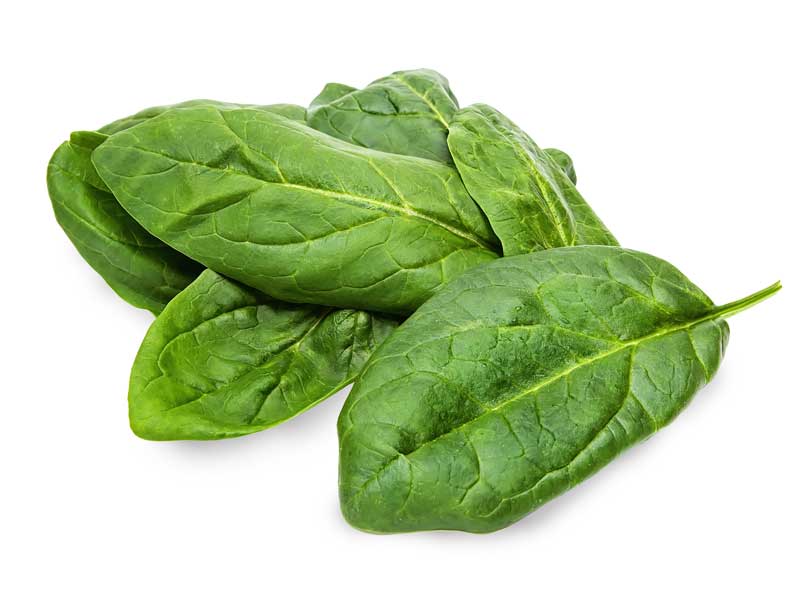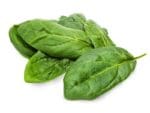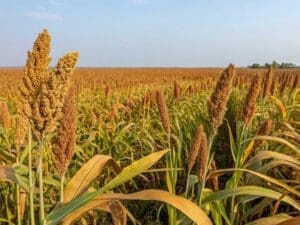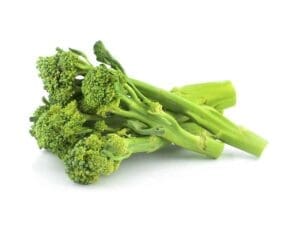SPINACH ‘Winter Giant’ Vegetable Seeds
Botanical Name: Spinacia oleracea
- Heirloom variety with large, thick, dark green leaves highly tolerant of cold.
- Excellent for fall and winter gardens, producing tender greens in cooler temperatures.
- Rich in vitamins A, C, and K for a nutritious boost to your meals.
- Ideal for fresh salads, cooking, and smoothies.
- Fast-growing and reliable, typically ready to harvest in 40–50 days.
- Suitable for direct sowing or transplanting in well-drained soil.
- Can also be grown as nutrient-rich microgreens for quick harvests.
Plant Details
- Plant Type: Annual leafy green
- Plant Height: 20–30 cm
Sowing Information
- Germination: 7–14 days
- Depth: 1–2 cm deep
- Position: Full sun to partial shade
- Sow Where: Directly into garden beds or containers
- Soil Type: Well-drained, fertile soil with pH 6–7
- Spacing: 20–30 cm between plants
Growing Tips
- Keep soil consistently moist, especially during dry periods, to promote tender leaves.
- Harvest young leaves for milder flavour or allow to mature for cooking.
- Successive sowings every few weeks ensure a continuous harvest.
- Mulch around plants to retain moisture and suppress weeds.
Harvest
40–50 days after sowing. Pick individual leaves as needed or harvest entire plants when mature.
When to Sow Spinach in Your Climate
| Climate Zone | Best Planting Time | Tips |
|---|---|---|
| Temperate | August–September, February–March | Sow in late winter or early autumn for best growth. Avoid heat stress by shading young plants. |
| Subtropical | February–March, September–October | Plant in cooler months. Provide protection from excessive rain or heat. |
| Tropical | Not recommended | Spinach prefers cooler climates; consider alternatives like Malabar spinach. |
| Cool | September–November | Sow as soon as soil can be worked in spring or in early autumn. |
| Arid | August–September, February–March | Sow in cooler months. Water regularly and mulch to conserve moisture. |




